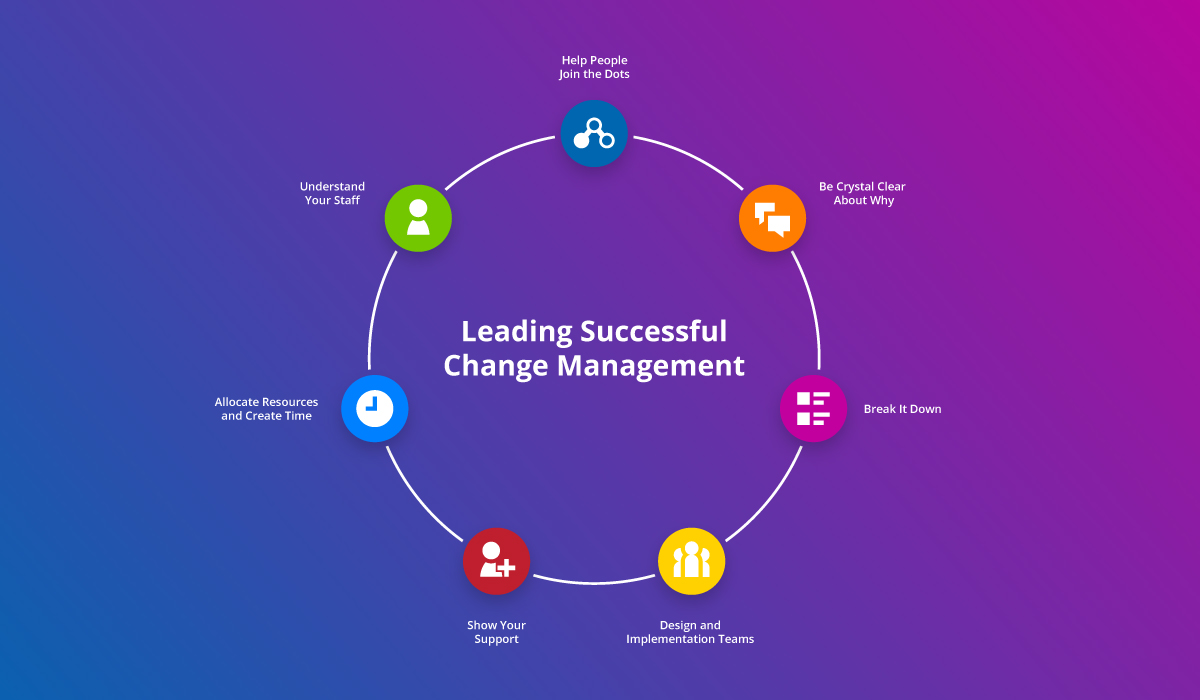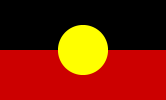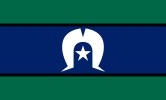There’s been a time when every teacher has asked themselves this question, “what am I teaching next?” To answer this, teachers first need to understand the current level of their learners. This is where formative assessment comes in.
So, what is formative assessment?
At its heart, assessment is a process of collecting evidence to ascertain the skills and knowledge of a learner. The ‘formative’ part is about the interpretation of this assessment evidence. This is where a teacher makes inferences about the outcomes of an assessment to help work out the current skill level of a student and what they need to work on next to improve. In Australia, this process has also been referred to as assessment for learning.
Formative assessment can also be used as a tool to monitor the impact of current teaching and learning practices, to help teachers keep track of how their learners are progressing. So, with this in mind there is no set timeframe in which formative assessment must occur; it doesn’t have to happen at the end of a unit, or at the start of a term. Formative assessment is a continuous process and can occur at any time during the teaching and learning cycle.
What is the difference between formative and summative assessment?
To understand the difference between these two forms of assessment, it’s important to understand their purpose:
The purpose of formative assessment is to understand what the student needs to learn next, or where is there room for improvement.
The purpose of summative assessment is to help work out how well the learner has understood or demonstrated the skills that were taught.
Note the tense in those two definitions. Formative is about the future and summative is about the past.
Both formative and summative approaches are needed for setting up benchmarks, measuring the learning progress and evaluating the individual learning abilities of students.
Examples of summative assessment include:
• End-of-term tests and year-end exams
• Final projects or portfolio demonstrations
• Oral exams and presentations
• Standardised tests such as NAPLAN (National Assessment Program – Literacy and Numeracy)
Examples of formative assessment include:
- Identifying learning strengths and weaknesses of an individual before the task is completed.
- Improving teacher instructions while learning is in progress.
- Setting goals based on the individual learning ability of the student.
Formative versus Summative
So, what makes an assessment ‘formative’ instead of ‘summative’? Well, it’s not about the actual content of the assessment, it’s about the way that it is interpreted.
For example, if you gave a mathematics task to your student, Johnny, testing his understanding of times tables, you could interpret the same test results in two ways:
- Your summative interpretation might be that Johnny, who achieved about 70%, has mostly understood your instruction and is sitting in the top 25% of your class.
- Your formative interpretation of the assessment results might be that he is struggling to understand how to multiply by 8, and this is therefore something you need to work on to help Johnny improve his multiplication skills.
The assessment doesn’t need to be a test either; teachers can use a variety of evidence to make formative judgments about the next steps for an individual learner.
What are the benefits of formative assessment?
The ultimate benefit of formative assessment is its impact on student learning and achievement. Studies into formative assessment interventions have shown that student performance can roughly double, when compared to the average growth of comparable student cohorts.
More than this, formative assessment helps improve the quality of teaching practice, providing guidance for teachers about how they need to modify their teaching programs.
The benefits of Formative Assessment include:
- Continuous feedback on the learning difficulties and achievement while the learning is in progress.
- Ongoing modifications of the learning programs to ensure they are best suited for learners and their individual abilities to understand the tasks and excel.
- Teaching and learning strategies that target the individual learning needs of students.
- Real-time collaboration between parents, students, and teachers.
- The use of rubrics and learning assessment tools to continuously measure and monitor learner’s strengths and areas for improvement.
For students involved in the formative assessment process there is also the added benefit of having clear goals and an understanding of the next steps in their learning journey.
Formative assessment checklist for teachers
Use the following tips to help you implement formative assessment in your classroom:
- Collect a variety of evidence to help you make judgments
- Create rubrics that help you assess student’s current ability
- Involve the student in the process
- Set goals for the student
- Reassess and re-evaluate often
Formative assessment is a quintessentially student-centred practice that, when implemented effectively, helps each individual learner improve.
Schoolbox supports student-centred teaching practices, including continuous reporting and formative assessment. Talk to us about how we can support formative assessment at your school.





